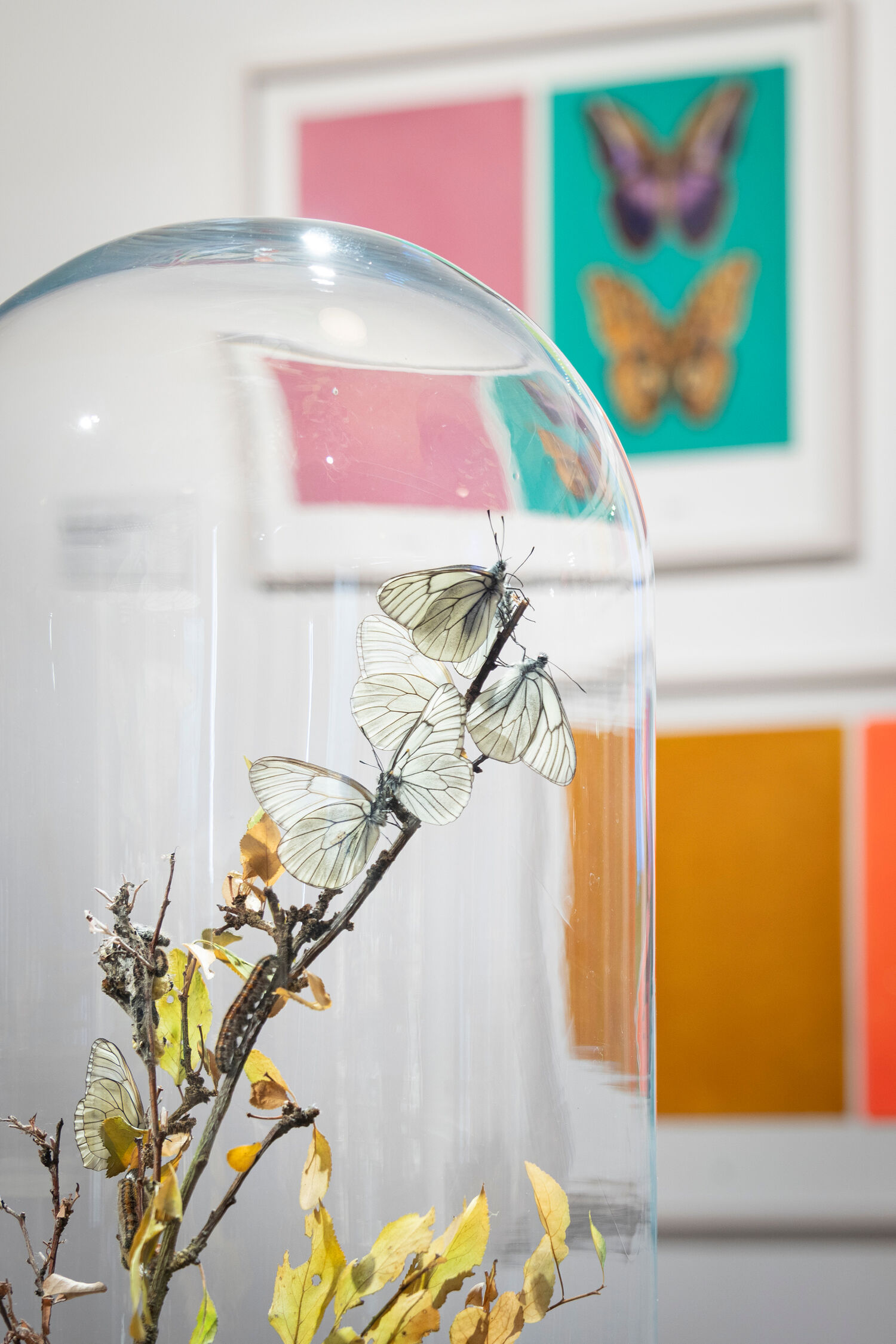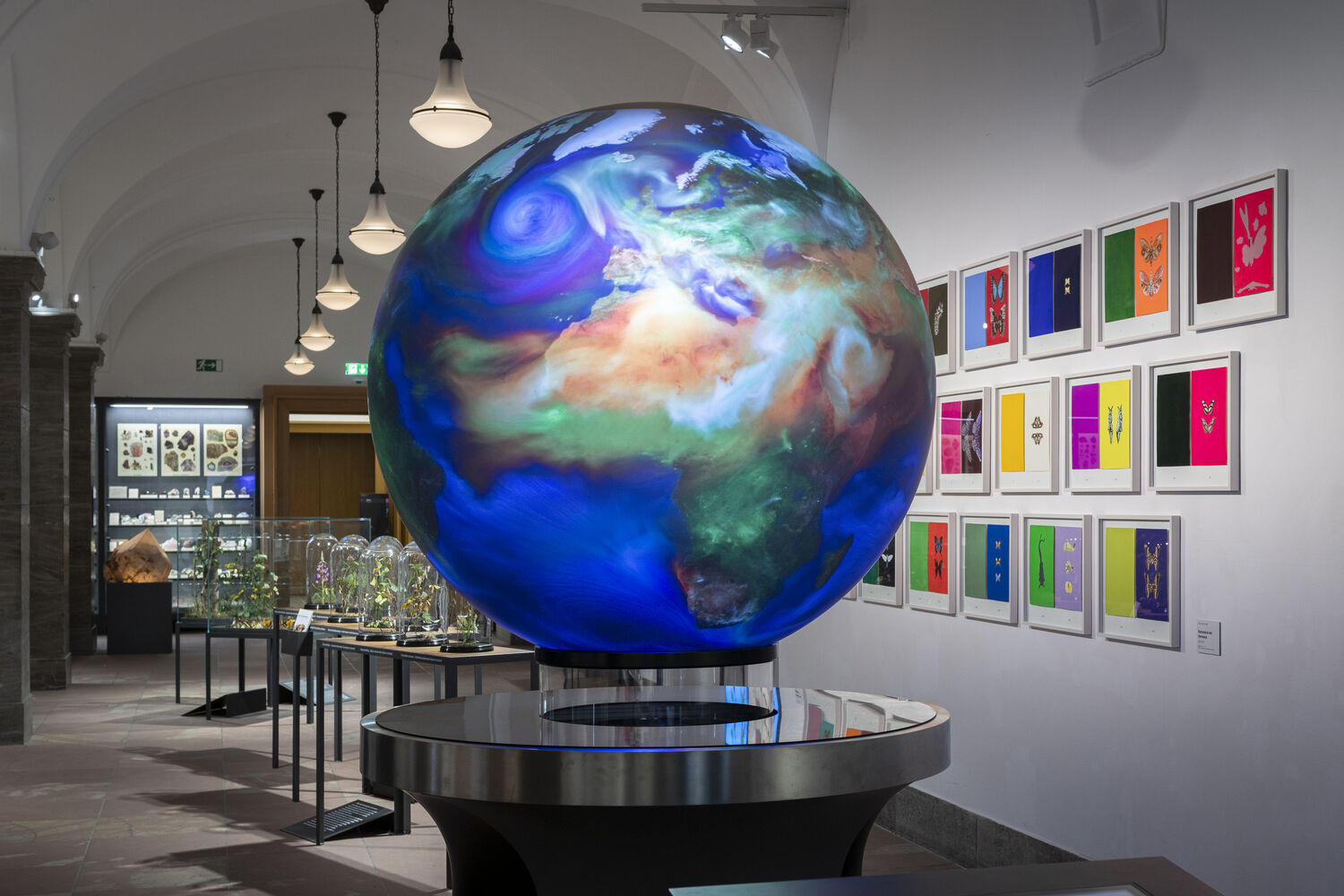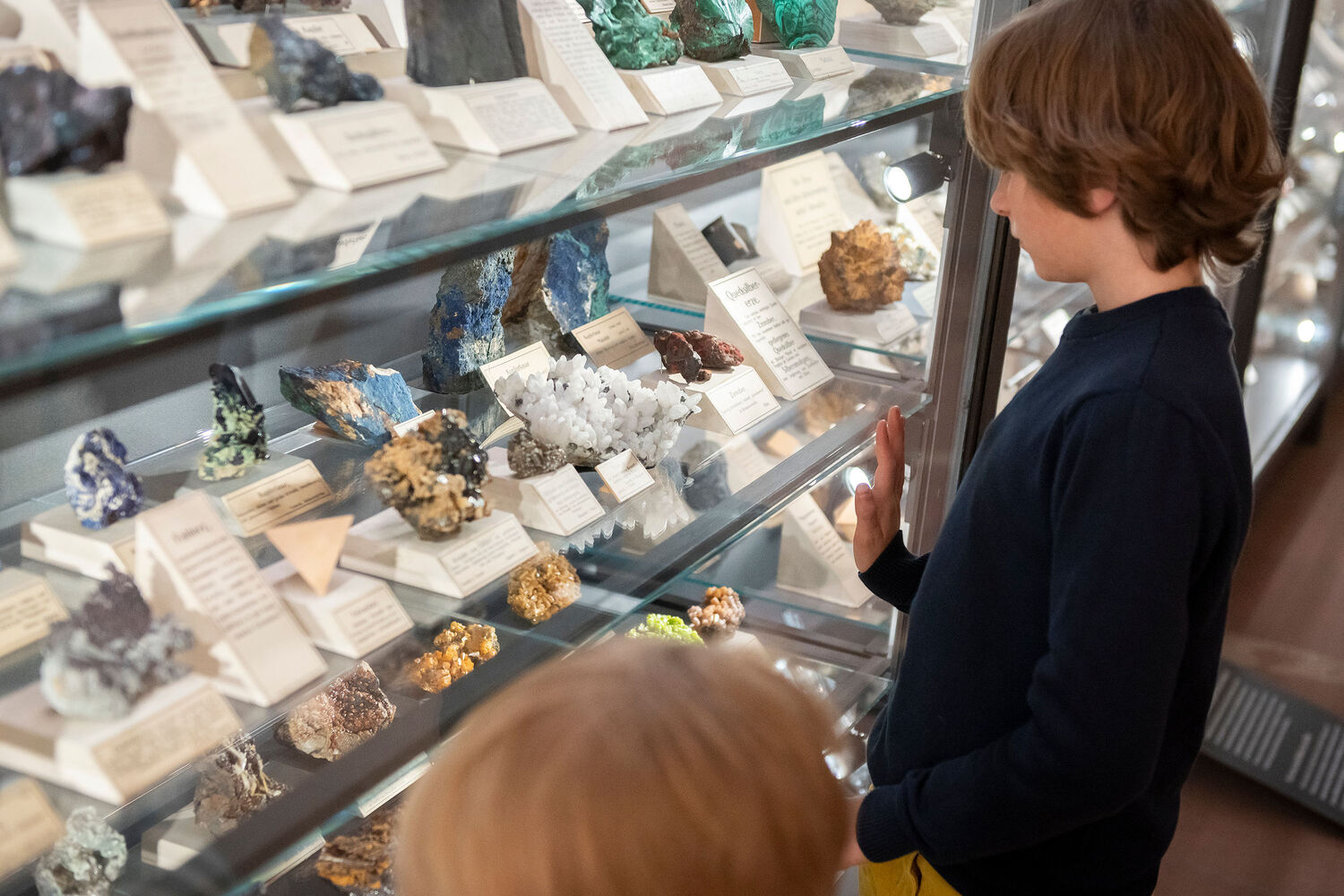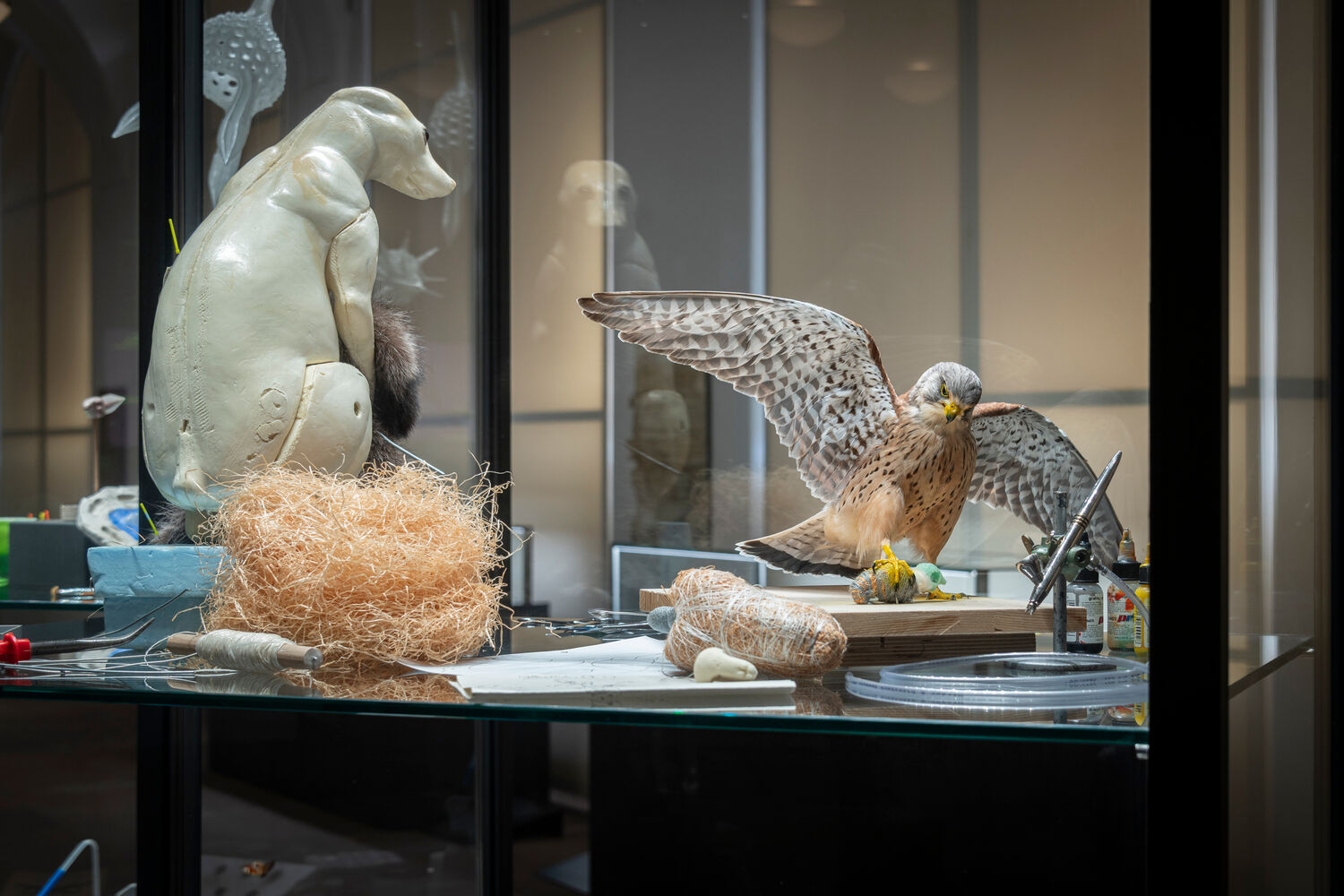

Maria Sibylla Merian, the natural scientist and artist, is one of the core topics of the exhibition. Her remarkable collection from South America, which is kept in the Museum Wiesbaden, provides an insight into her important role in the beginnings of modern science. Original collection items from the late 17th century and three-dimensional reproductions of her copperplate engravings invite visitors to discover Merian's work and her contribution to science.

An interactive globe offers the opportunity to travel back in time. Here, visitors can experience the drift of the earth's plates, discover historical maps and follow the predicted rise in sea levels. This enables a deeper understanding of global connections.



Finally, the museum itself becomes the subject: how are specimens made and what is actually “real”? At the end of the new themed room, visitors are shown how the work of taxidermy has changed. Particularly impressive is the transformation of a mortal body into an “immortal” specimen, which is preserved for centuries and serves as a testimony for future generations.
Nassauische Sparkasse is a partner of the permanent exhibition Aesthetics of Nature.
The Museum Wiesbaden offers a wide range of events for every age group. Whether guided tours, workshops for daycare centers and schools, teacher training, offers for students, private groups or families with children.